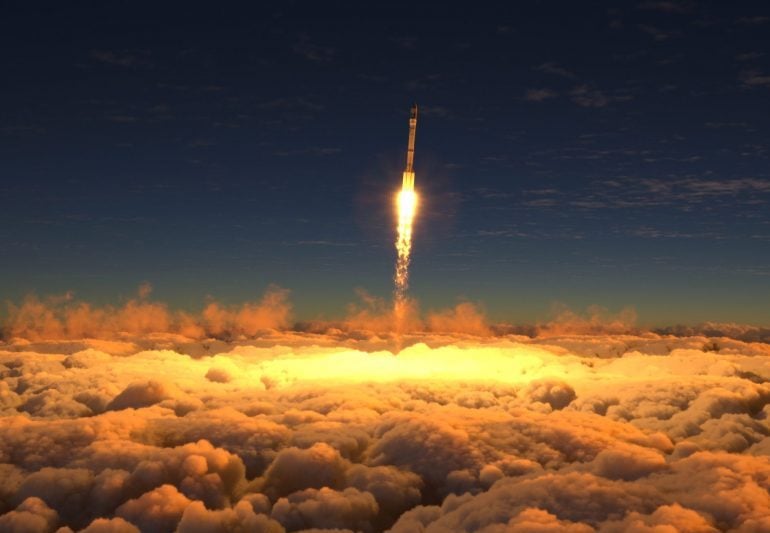Australian tech entrepreneur Bevan Slattery has seen the value of $2.5 million worth of shares in cloud-based 3D geospatial image venture Pointerra double this morning as investors jumped in the stock in the wake of his investment.
Slattery, the billionaire Megaport, NextDC and Superloop founder, took on 50 million shares at five cents each in a capital raise through Capital Trust, the Slattery family’s early stage investment vehicle.
Pointerra (ASX: 3DP) suspended trade in its shares yesterday when the stock sat at $0.054. Since trade resumed on Tuesday morning, Pointerra’s share price has soared around 85% to $0.10.
The Perth-based company told the ASX the funding is to accelerate Pointerra’s global expansion, including the appointment of additional cloud platform development and sales resources in key Australian and US marketplaces and for general working capital purposes.
Pointerra describes itself as “3D Data as a Service (DaaS)”, using compression, visualisation and analytics algorithms to index massive 3D datasets.
“The processed and hosted 3D data can be dynamically searched, accessed, visualised, analysed and shared by anyone, anywhere, on any device and at any time,” the company says.
“Pointerra’s technology has solved entrenched problems in the 3D geospatial and asset management sectors and allows very large 3D datasets to be stored, used, analysed and shared without the need for high performance computing.”
The business nearly trebled its revenue in the March 2020 quarter to $530,000, $180,000 in the December quarter.
Its half-year result to December 31, 2019 saw revenue grow 413% on H1FY18 to $489,715, with the net loss after tax at $1,321,033.
Slattery said he was “tremendously excited” that an Australian team was building a global capability in geospatial data.
“Pointerra has the potential to be a world leader in this field and ultimately to help feed the geospatial systems behind industries including telecommunications, renewable energy and autonomous vehicles,” he said.
“When you understand the exponential growth in geospatial data that is being captured by third party systems that in turn create these massive data lakes worldwide, combined with the enormous growth of cloud compute and machine learning, you realise that the geospatial analytics platforms that have been built from the ground up in the ‘new world’ will quickly surpass traditional methods of 3D geospatial analysis.”




















Trending
Daily startup news and insights, delivered to your inbox.